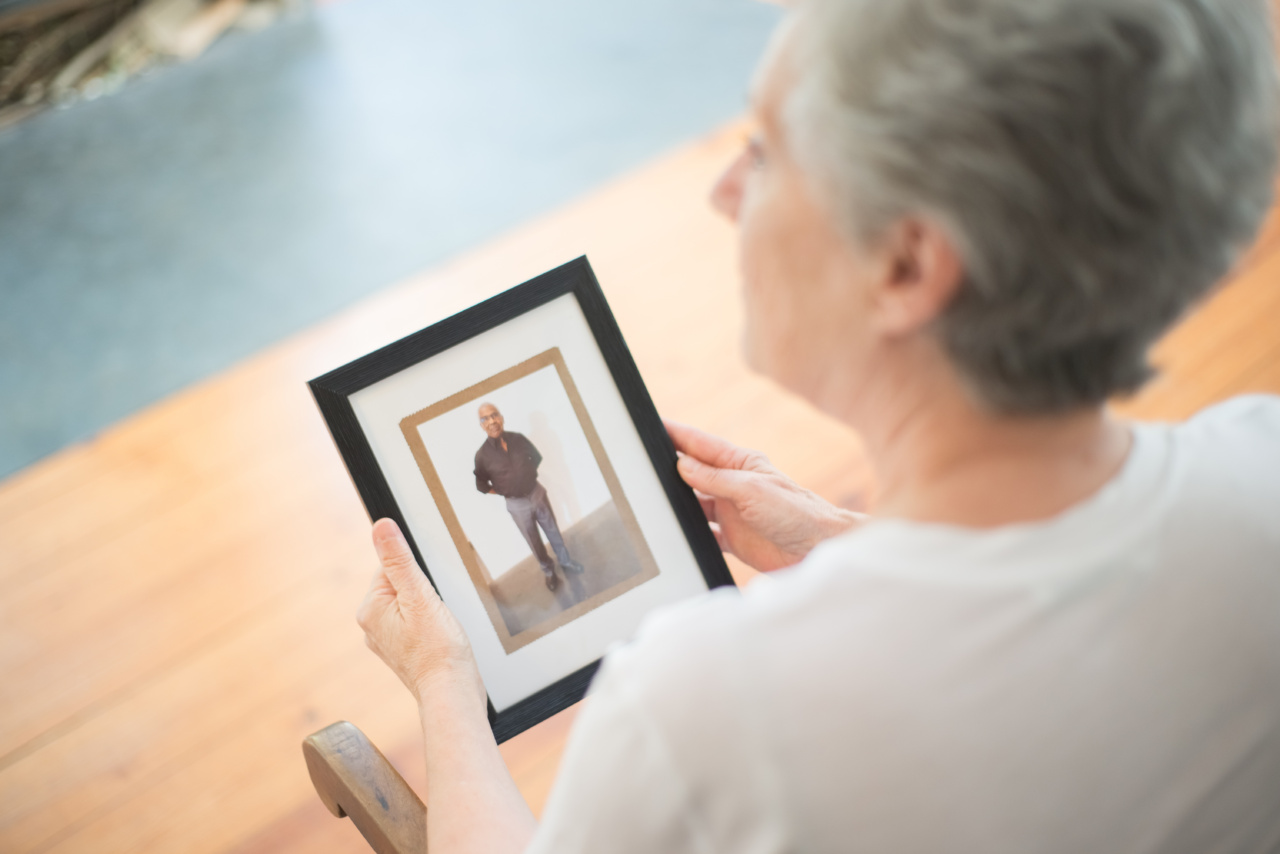Living with arthritis can be incredibly challenging, especially when joint pain becomes a constant companion.
Whether you are diagnosed with osteoarthritis, rheumatoid arthritis, or any other type of arthritis, finding ways to cope with the pain is crucial. In this article, we will explore various strategies and techniques that can help you manage joint pain and improve your quality of life.
Understanding Arthritis
Arthritis refers to inflammation and swelling of one or more joints, leading to pain and stiffness. There are over 100 different types of arthritis, with the most common being osteoarthritis and rheumatoid arthritis.
Osteoarthritis occurs due to the gradual wear and tear of cartilage, while rheumatoid arthritis is an autoimmune disease where the body’s immune system mistakenly attacks the joints.
Recognizing the Symptoms
Early recognition of arthritis symptoms is crucial for prompt treatment. Common symptoms of arthritis include:.
- Joint pain and tenderness
- Stiffness, especially in the morning
- Swelling and redness around the joints
- Decreased range of motion
- Fatigue and low energy levels
If you experience any of these symptoms, it is important to consult a medical professional for an accurate diagnosis. Early intervention and treatment can help prevent further joint damage and relieve pain.
Medical Interventions
Medical interventions play a significant role in managing arthritis pain. Your healthcare provider may suggest the following treatment options:.
- Medications: Over-the-counter pain relievers like acetaminophen or nonsteroidal anti-inflammatory drugs (NSAIDs) can be helpful in reducing pain and inflammation. In some cases, prescription medications may be necessary to manage severe pain or inflammation.
- Physical Therapy: A physical therapist can guide you through exercises that improve joint flexibility, strengthen muscles, and reduce pain. They may also use techniques like ultrasound or electrical stimulation for pain relief.
- Joint Injections: Injections of corticosteroids or hyaluronic acid directly into the affected joint can provide temporary pain relief and reduce inflammation.
- Surgery: In severe cases where conservative treatments fail, surgical procedures like joint replacement or joint fusion may be considered to alleviate pain and improve joint function.
Lifestyle Modifications
In addition to medical interventions, making certain lifestyle modifications can also have a positive impact on arthritis pain. Here are some beneficial changes you can incorporate into your daily routine:.
- Exercise: Engaging in regular low-impact exercises, such as walking, swimming, or cycling can help reduce joint pain and stiffness. It is essential to consult with a healthcare professional or a physical therapist before starting any exercise regimen.
- Weight Management: Maintaining a healthy weight can significantly reduce the stress on your joints. Losing even a few pounds can lessen the load on weight-bearing joints like the knees and hips, resulting in decreased pain.
- Hot and Cold Therapy: Applying a hot pack or using a heating pad can relax muscles and improve blood flow, while cold packs can numb the area and reduce inflammation. Experiment with both to see which one brings you more relief.
- Eating a Healthy Diet: Foods rich in omega-3 fatty acids, such as fish, walnuts, and flaxseeds, can help reduce inflammation. Additionally, incorporating fruits, vegetables, whole grains, and lean proteins into your diet can provide essential nutrients for joint health.
- Stress Management: Stress can exacerbate arthritis pain. Incorporating relaxation techniques like deep breathing exercises, meditation, or yoga into your daily routine can help reduce stress levels and improve your overall well-being.
Assistive Devices
In some cases, using assistive devices can help reduce stress on your joints and alleviate pain.
Here are a few examples:
- Braces and Splints: Wearing braces or splints can provide support to weakened joints, relieve pain, and improve stability.
- Cane or Walker: Using a cane or walker can help reduce weight-bearing load on your joints, especially during activities like walking or standing for extended periods.
- Autoimmune Disease. If you are diagnosed with a rheumatoid arthritis or another autoimmune disease, it is essential to follow the prescribed treatment plan, including taking medications as directed and engaging in regular monitoring with your healthcare provider.
- Orthotic Inserts: These specialized shoe inserts can help correct imbalances and provide extra cushioning, thus reducing pressure on certain joints.
Alternative Therapies
In addition to conventional treatments, some individuals find relief from arthritis pain through alternative therapies. While scientific evidence supporting their effectiveness may vary, many people report positive experiences with the following approaches:.
- Acupuncture: This ancient Chinese practice involves the insertion of fine needles into specific points on the body, which is believed to stimulate the release of endorphins and promote pain relief.
- Massage Therapy: Gentle manipulation of muscles and tissues can help improve circulation, reduce stiffness, and relieve pain. Be sure to consult a licensed massage therapist experienced in treating arthritis.
- Herbal Supplements: Certain herbal supplements, such as turmeric, ginger, and boswellia, have anti-inflammatory properties that may help reduce arthritis pain. However, it is crucial to consult with a healthcare provider before adding any supplements to your regimen.
- Transcutaneous Electrical Nerve Stimulation (TENS): This therapy involves the use of low-voltage electrical currents to provide pain relief by stimulating nerves and interfering with pain signals.
When to Seek Professional Help
While self-care measures and home remedies can provide relief for arthritis pain, it is crucial to seek professional medical help in certain situations. Consult your healthcare provider if:.
- The pain worsens or becomes more frequent
- You experience severe swelling or redness around the joint
- Your symptoms significantly impact your daily activities and quality of life
- There is an onset of new symptoms
Remember, managing arthritis pain is a collaborative effort between you and your healthcare team.
Be proactive in seeking appropriate medical advice, making lifestyle modifications, and exploring various treatment options to find what works best for you. With proper care and a positive mindset, you can certainly cope with arthritis pain and lead a fulfilling life.




























